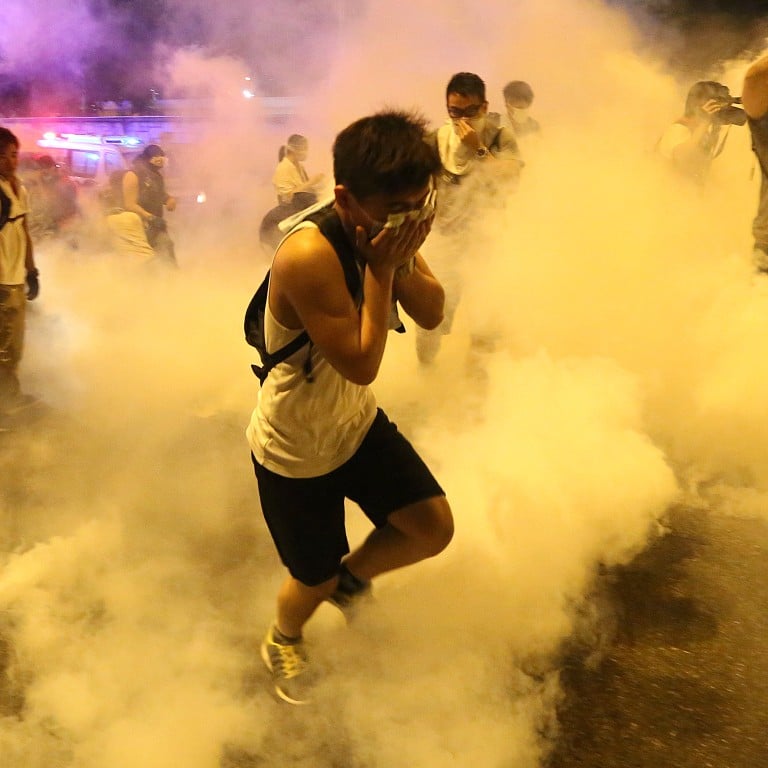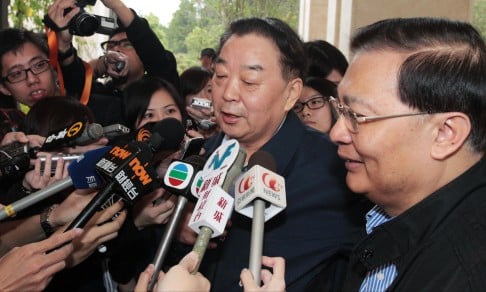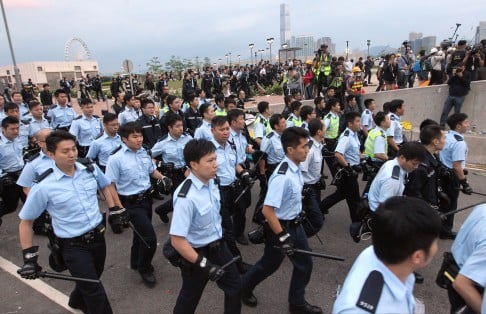
The road to universal suffrage: A timeline of Hong Kong’s journey to votes for all
The announcement of the government’s final package of political reform proposals today marks another milestone in Hong Kong's long and rocky road to universal suffrage.
The announcement of the government’s final package of political reform proposals today marks another milestone in Hong Kong's long and rocky road to universal suffrage...
2004
April: The National People’s Congress Standing Committee rules out universal suffrage for the 2007 chief executive poll in 2007 and Legislative Council election in 2008. Also says functional constituencies will continue to make up half of Legco seats.
2005
October: Government lays out reform package for 2007 chief executive election and 2008 Legco poll. Election committee which selects chief executive to double in size to 1,600, while number of Legco seats rises from 60 to 70.
December: Legco votes down the government proposal.

2007
December: Standing Committee says universal suffrage will apply to chief executive election in 2017 and Legco, after that.
2010
January: Five lawmakers from the League of Social Democrats and the Civic Party resign, one in each geographical seat, to trigger by-elections, which they describe as a de facto referendum on universal suffrage in 2012.
April: Government issues new proposals for the 2012 chief executive and Legco elections; Election Committee membership to go up from 800 to 1,200.
May: Legco by-elections are held and all five lawmakers are re-elected; Three Democratic Party leaders meet officials from Beijing’s liaison office to discuss reform.
June: Legco approves reform package, after Beijing adopts Democrats’ proposal for five new “super-constituencies” elected by 3.2 million voters who don’t vote in other functional constituencies. Five more lawmakers representing geographical seats also introduced.

2013
March: NPC law committee chairman Qiao Xiaoyang says all candidates for chief executive must “love the country and love Hong Kong”.
December: Government starts five-month public consultation on reforms for 2017 chief executive and 2016 Legco polls.

2014
June: State Council issues a white paper on the implementation of “one country, two systems” in Hong Kong. Says Beijing is committed to universal suffrage for Hong Kong, but opposes unpatriotic chief executive candidates.
July: Government releases its report on the political reform consultation and Chief Executive Leung Chun-ying submits his report to the Standing Committee.
August: Standing Committee rules that voters will be able to choose between only two or three candidates endorsed by the majority of a 1,200-member nominating committee similar in composition to the 2012 election committee.
September: Pro-democracy activists and students kick off Occupy Central protests, blocking main roads in Mong Kok, Admiralty, and Causeway Bay.

2015
January: Government launches second round of consultation on electoral reforms for 2017 chief executive poll.
April: Government spells out its detailed reform proposals for the 2017 chief executive election.


